SLVAFM9 july 2023 LM139AQML-SP , LM4050QML-SP , TMP461-SP , TPS50601A-SP , TPS7A4501-SP , TPS7H1101A-SP , TPS7H2201-SP , TPS7H4001-SP
1 SpaceFibre and STAR-Tiger
SpaceFibre is the latest generation of SpaceWire network technology for spacecraft onboard data-handling applications. SpaceFibre runs over electrical or fiber-optic cables, operates at very high data rates, and provides built-in quality of service (QoS), and fault detection, isolation and recovery (FDIR) capabilities. SpaceFibre provides high-performance, high-reliability, and high availability, making it an excellent choice for many demanding network applications, including spacecraft payload data-handling. A SpaceFibre network is made up of links, endpoints and routing switches. Links connect endpoints and routing switches together to form a SpaceFibre network.
Figure 1-1 shows the STAR-Tiger SpaceFibre routing switch which is used for transferring data at high data-rates between instruments, mass-memory, data compressor, data processors, and downlink transmitters. The switch is also used to provide the control network used by the control computer to manage both the network and the equipment attached to the network. The STAR-Tiger routing switch is a high-performance SpaceFibre routing switch implemented using STAR-Dundee SpaceFibre IP.
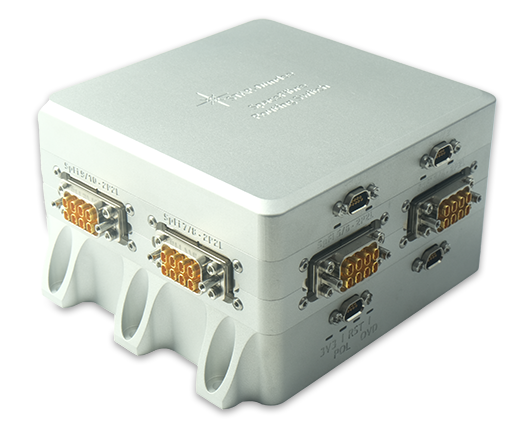
Figure 1-1 STAR-Tiger SpaceFibre Routing Switch
As Figure 1-2 shows, STAR-Tiger comprises three circuit boards:
- A power-supply board (bottom) which has nominal and redundant power input selection and delivers the five main power rails to the FPGA. Other power rails are supplied by regulators on the other two boards. Texas Instruments space-rated power-supply components are used.
- An FPGA board (middle) containing the Xilinx® KU060 FPGA. The PCB footprint accommodates either the commercial part, industrial part or the radiation-tolerant part. An industrial grade FPGA was used. The FPGA is surrounded by six Elara connectors which carry the SpaceFibre electrical signals. Each connector provides four lanes of SpaceFibre. Two connectors each carry one quad-lane port and the other four connectors each carry two dual-lane ports.
- A configuration and scrubbing board (top) which is used to configure and monitor the KU060 FPGA. Configuration is from EEPROM or via a SpaceWire interface. The EEPROM can be programmed over SpaceWire.
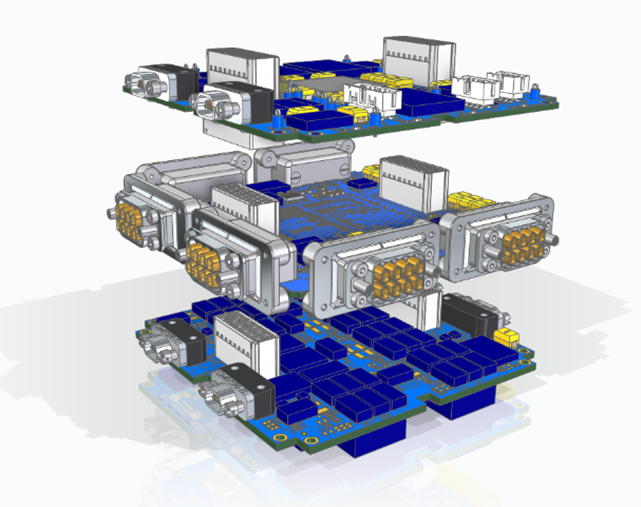
Figure 1-2 STAR-Tiger Routing Switch Board Arrangement
These three boards are shown in Figure 1-3 through Figure 2-6 in various stages of integration with the STAR-Tiger housing.
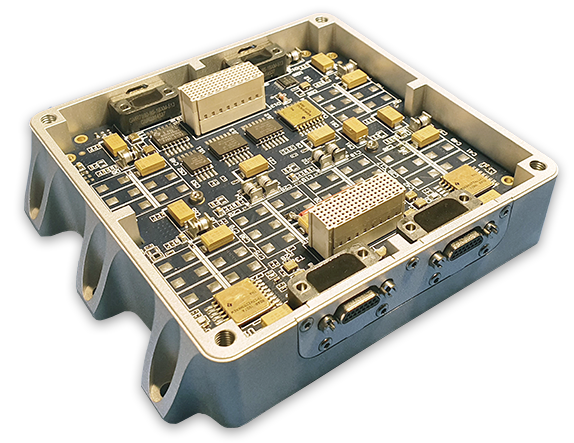
Figure 1-3 STAR-Tiger Power-Supply Board
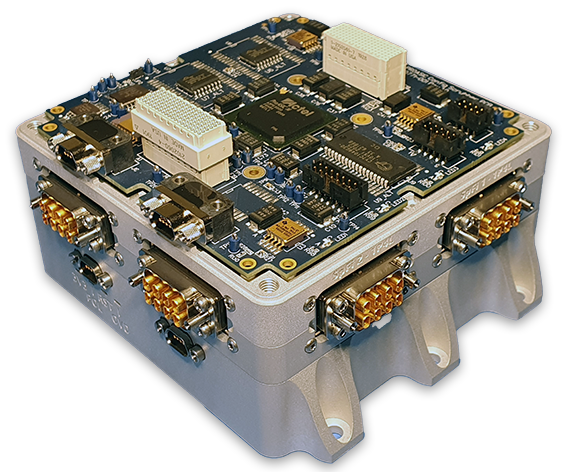
Figure 1-5 STAR-Tiger Configuration Board in Housing
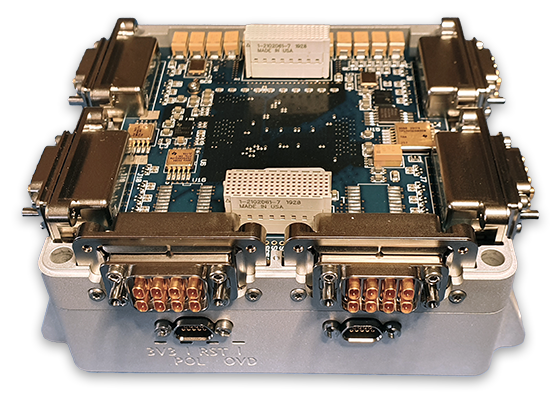
Figure 1-4 STAR-Tiger FPGA
The STAR-Tiger SpaceFibre routing switch forms the heart of the SpaceFibre network that connects the instruments, data-handling, and downlink telemetry elements together. STAR-Tiger is capable of data rates up to 19Gbps on the quad-lane ports and 9.6Gbps on the dual-lane ports, with an aggregate throughput (all ports in both directions) of around 200Gbps. The SpaceFibre routing switch is a spaceflight Technology Readiness Level (TRL) 5-6 level design.